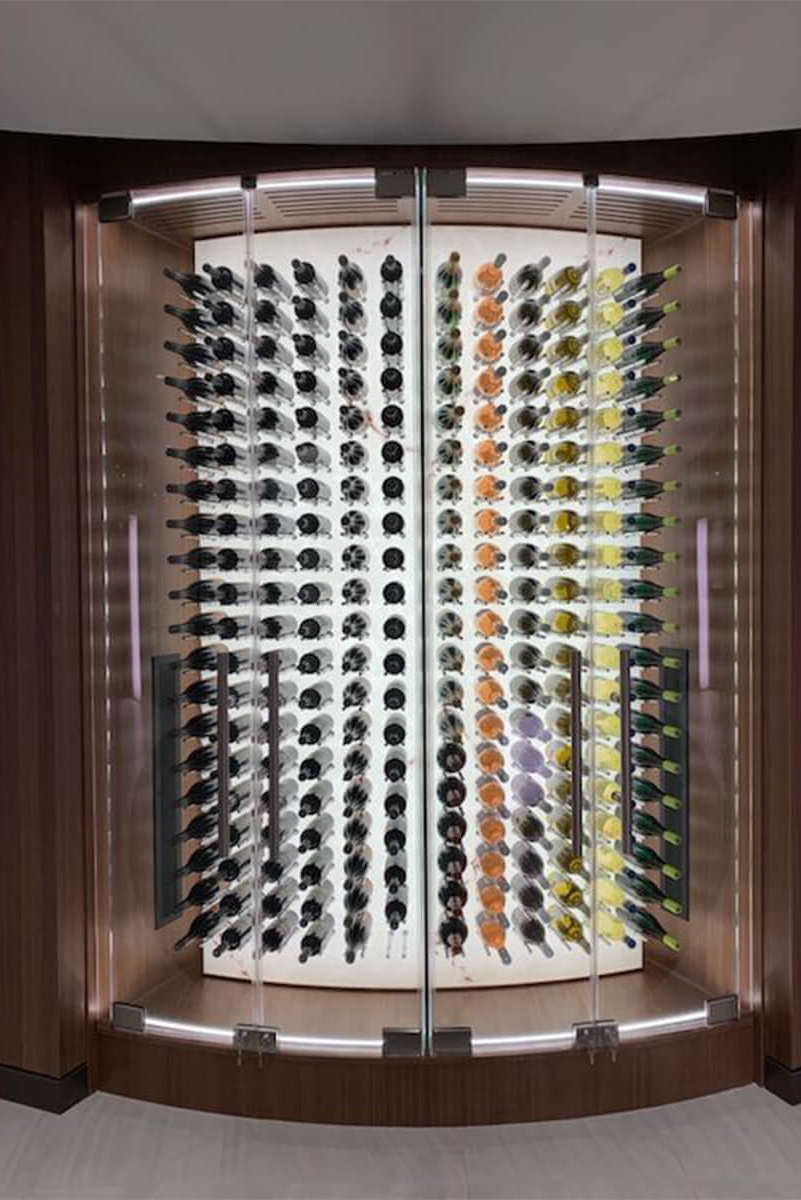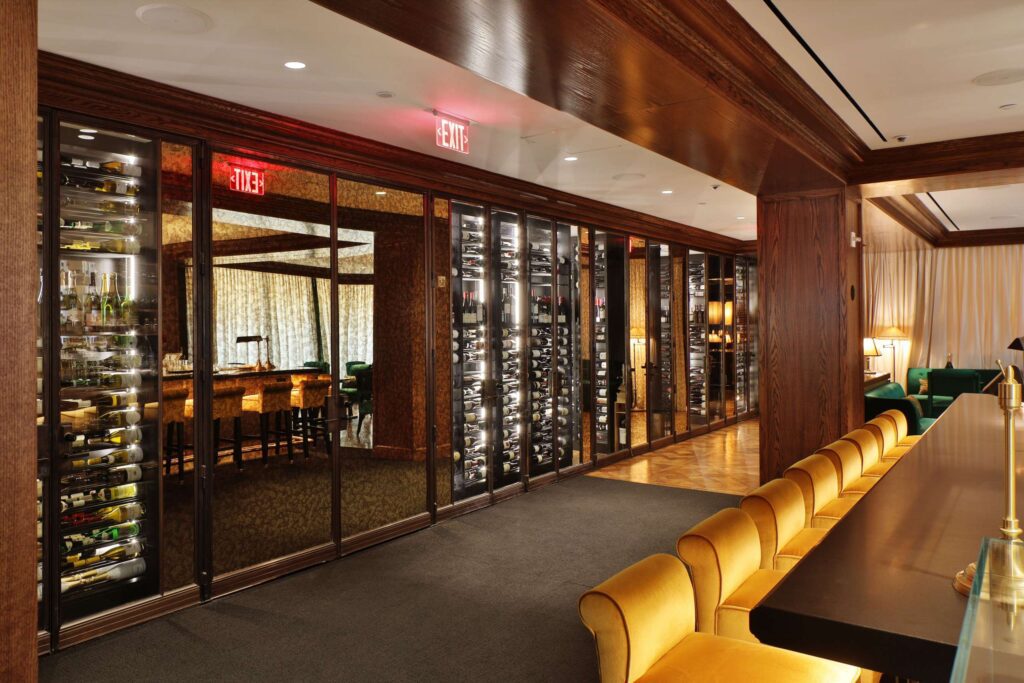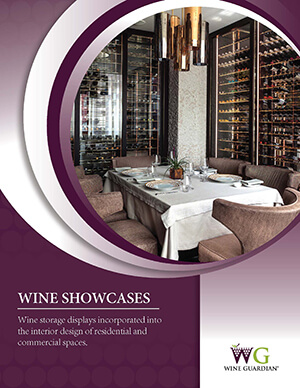There are many reasons to store, age, and display wine in a commercial space. Wine cellars, rooms, walls, and cabinets serve a practical purpose, lending an air of sophistication to restaurants, bars, residential buildings, and wine shops. As wine culture continues to grow in popularity, so have the ways in which wine can be stored and displayed.
Commercial Challenges
Several factors make commercial wine storage different from residential storage. Restaurants, hotels, and other businesses have higher foot traffic in and around a wine space than homes. Commercial wine storage typically involves more lighting and glass, making it more challenging to maintain a stable environment. Some restaurants and wine bars might cool wines at serving temperatures, while others need two different temperatures maintained within a shared space. Whether you require climate control equipment for a large wine cellar in a Hong Kong high rise or a cooling solution for a trendy restaurant in Los Angeles, Wine Guardian has a system that will maintain a pristine environment and complement the desired look and feel of a space.
Construction Considerations
Applications in commercial spaces can vary widely in size and scope. Projects can range from a single-door cabinet to a three-story tower to a large traditional wine cellar storing vast collections. Most wine features are statement pieces unless cellars are strictly functional. Yet, before committing to a design concept, it is important to be familiar with the basic elements of wine cellar cooling. In commercial spaces, insulation and materials are worth highlighting.

Insulation
Insulation in bars and restaurants is essential since many of them feature a lot of glass and lighting. Constructing wine features and rooms should include a vapor barrier and insulation in the floor, ceiling, and any walls not made of glass. A vapor barrier is a thin plastic sheet that goes over a wooden frame. It is designed to keep moisture out and control humidity levels. Insulation is meant to maintain a stable temperature by keeping ambient air out. A minimum of R30 insulation should be used on all ceiling and floor areas and R21 or higher on walls.

Glass
Wine rooms and displays often consist of glass walls and doors. A wine cabinet may include only a single pane, or a wine wall in the middle of a restaurant may consist of glass on all four sides. No matter the configuration, without a vapor barrier and insulation in the walls, all glass should be double-paned to offer some insulation. Single-pane glass should be avoided, but a minimum of ½” (1 cm) glass should be used if facing budgetary constraints. Lastly, an exterior-grade door and an adequately sealed threshold will help to preserve an environment.
A Note About Wine Walls
Wine wall applications can house large or small collections and are a beautiful addition to any business. Wine walls are between one and four sides of glass and a drywall ceiling. The space can be between 12 inches—one bottle—deep and up to two feet, maximum. It is essential to achieve a closed system that can age and store wine in pristine conditions when considering a wine wall.
Expect Versatility From a Standard Unit
Selecting a suitable cooling unit for a commercial space can be challenging due to heavy foot traffic, heat from lighting, and construction design. Access to a broad range of commercial-grade solutions designed specifically for businesses is a great place to start. The right system will be versatile enough to meet the unique demands of any application.
For instance, Wine Guardian units have been used in multi-unit installation applications and even in projects requiring two different temperatures to store reds and serve whites within the same space. Our serving temperature option allows a cooling unit to control an extended temperature range from 42°F to 64°F (5°C to 18°C), ideal for single to multiple cabinet applications and small wine rooms where consumption-temperature cooling is preferred. It also allows the staff to rotate wine stock and change the setpoint from season to season, making it ideal for restaurants, wine bars, and clubs.
Considering the significant investment most businesses make in wine, access to remote sensors and controls reassures owners that their vintages are protected when they are not on-site.
The Final Verdict
Wine walls separate rooms and add a splash of elegance across restaurants and hotels. Traditional cellars allow restaurateurs to grow their wine investment. Finding clever ways to incorporate wine into businesses are limitless. When the right designer or architect is paired with a knowledgeable contractor and a robust cooling unit, a commercial wine cellar or display will add sophistication and a return on investment in no time.
Download our whitepaper to learn more about wine displays and showcases for both commercial and residential spaces.


